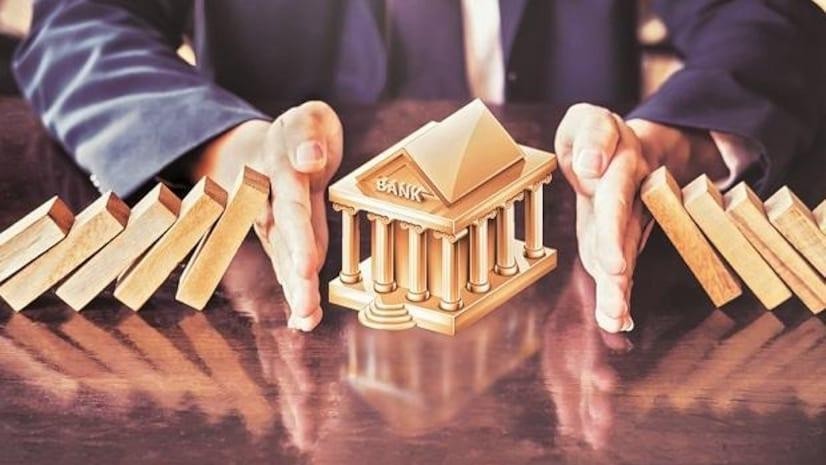Scheme for Remission of Duties and Taxes on Exported Products (LiveMint)
- 28 Sep 2023
What is the News ?
The RoDTEP scheme, which initially lasted until September 30, 2023, will now continue until June 30, 2024, with the same rates for products that are already being exported.
Facts About:
- The RoDTEP Scheme, officially known as the Scheme for Remission of Duties and Taxes on Exported Products, plays a crucial role in helping Indian exporters.
- It became operational on January 1, 2021, replacing the earlier export incentive program called Merchandise Exports from India (MEIS).
- This change was necessary because the World Trade Organization (WTO) found that the MEIS scheme violated WTO rules by providing export subsidies for a wide range of goods.
- How it Works: Under the RoDTEP Scheme, exporters receive a rebate based on a percentage of the value of their exports (known as FOB or Freight On Board value).
This rebate is given in the form of a transferable duty credit/electronic scrip (e-scrip), and the details of these credits are maintained digitally by the Central Board of Indirect Taxes and Customs (CBIC).
The RoDTEP Committee, which operates within the Department of Revenue, is responsible for reviewing and recommending the maximum rates for different export sectors under this scheme.
- Main Objective: The primary goal of the RoDTEP Scheme is to offer comprehensive support to exporters by refunding the duties and taxes incurred during the production and distribution of exported products.
Importantly, it covers taxes, duties, and levies imposed at the central, state, and local levels, which are not reimbursed through other existing mechanisms.
- Financial Support: In the fiscal year 2023-24, the Indian Government has allocated a substantial budget of Rs. 15,070 crores to support the RoDTEP Scheme.
- Engaging with Stakeholders: The RoDTEP Committee has recently started its work by collaborating with Export Promotion Councils (EPCs) and Chambers of Commerce.
Brent Crude (LiveMint)
- 26 Sep 2023
What is the News ?
Brent crude oil has recently surged to its highest point in 10 months, exceeding $93 per barrel.
Facts About:
- Brent Crude is the primary benchmark used to determine oil prices globally.
- The name "Brent" originates from the Brent oil field, which was discovered in the 1970s and became a major source of oil production.
- Roughly two-thirds of all internationally traded crude oil is priced relative to Brent, making it the most widely recognized benchmark.
- It's a type of light, sweet crude oil extracted from oil fields in the North Sea.
- Brent crude's special characteristics, such as its low density and low sulfur content, make it easier to refine into products like gasoline.
- Since it's transported by sea, it's convenient to move Brent crude oil to distant locations.
- The price of Brent Crude is influenced by several factors, including shifts in supply and demand, geopolitical events, production interruptions, and economic conditions.
Asset Reconstruction Companies (ARCs) (LiveMint)

- 25 Jul 2023
Why in the News?
Taking advantage of the substantial number of written-off loans held by lenders and the government's recovery endeavors, ARCs are seizing the opportunity to acquire these loans.
About Asset Reconstruction Companies (ARCs):
- The Asset Reconstruction Company (ARC) functions as a distinct financial institution that acquires Non Performing Assets (NPAs) from banks and financial institutions, facilitating the process of cleansing their balance sheets.
- This enables banks to focus on their core banking activities. Instead of expending time and effort pursuing defaulters, banks can opt to sell the troubled assets to ARCs at a mutually agreed-upon value.
Legal Basis:
- The establishment of ARCs in India is supported by the Securitization and Reconstruction of Financial Assets and Enforcement of Security Interest (SARFAESI) Act, 2002.
- The SARFAESI Act streamlines the reconstruction of bad assets, avoiding the need for court intervention.
- Subsequently, numerous ARCs were established and registered with the Reserve Bank of India (RBI), which holds regulatory authority over these institutions.
Capital Needs for ARCs:
- Following the 2016 amendment to the SARFAESI Act, ARCs were mandated to possess a minimum Net Owned Fund of Rs. 2 crores. However, in 2017, the RBI increased this threshold to Rs. 100 crores.
- ARCs must maintain a Capital Adequacy Ratio (CAR) equivalent to 15% of their risk-weighted assets.
